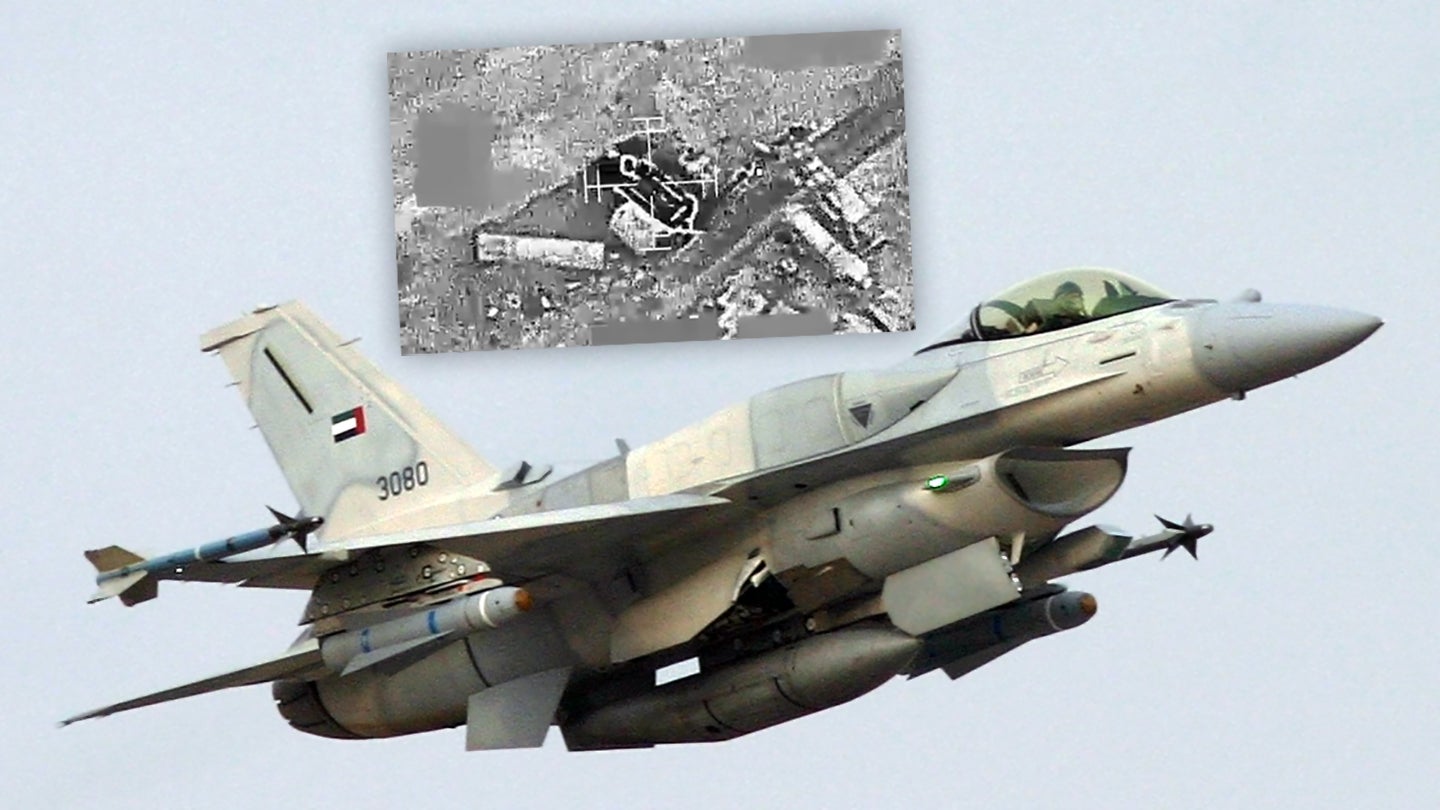A video released by the UAE Ministry of Defense claims to show an F-16 fighter jet hitting a Houthi ballistic missile launcher in Yemen, just hours after it launched two missiles in an attack on Abu Dhabi, the capital of the United Arab Emirates. Those two missiles were both successfully intercepted by local defenses. The culprit missile launcher was said to be in the al-Jawf governate, around 870 miles southwest of Abu Dhabi. The UAE’s state-linked newspaper The National
identified the F-16 as belonging to the UAE Air Force and Air Defense.
The two ballistic missiles reportedly fired from this same launcher were downed over Abu Dhabi as attacks on the country by Yemen’s Houthi rebels continue. Authorities in the Emirates confirmed that the missiles were shot down early this morning, but did not initially declare what air defense system had been used.
Videos on social media show the Houthi missiles being engaged over Abu Dhabi, with interceptor missiles — likely Patriot Advanced Capability 3 (PAC-3) — racing towards their targets. The Terminal High Altitude Area Defense (THAAD) has also seen recent use against ballistic missiles targeting the UAE. Two large explosions over the city were also reported, while the UAE’s state-run WAM news agency reported that missile fragments fell over the capital, without causing injury.
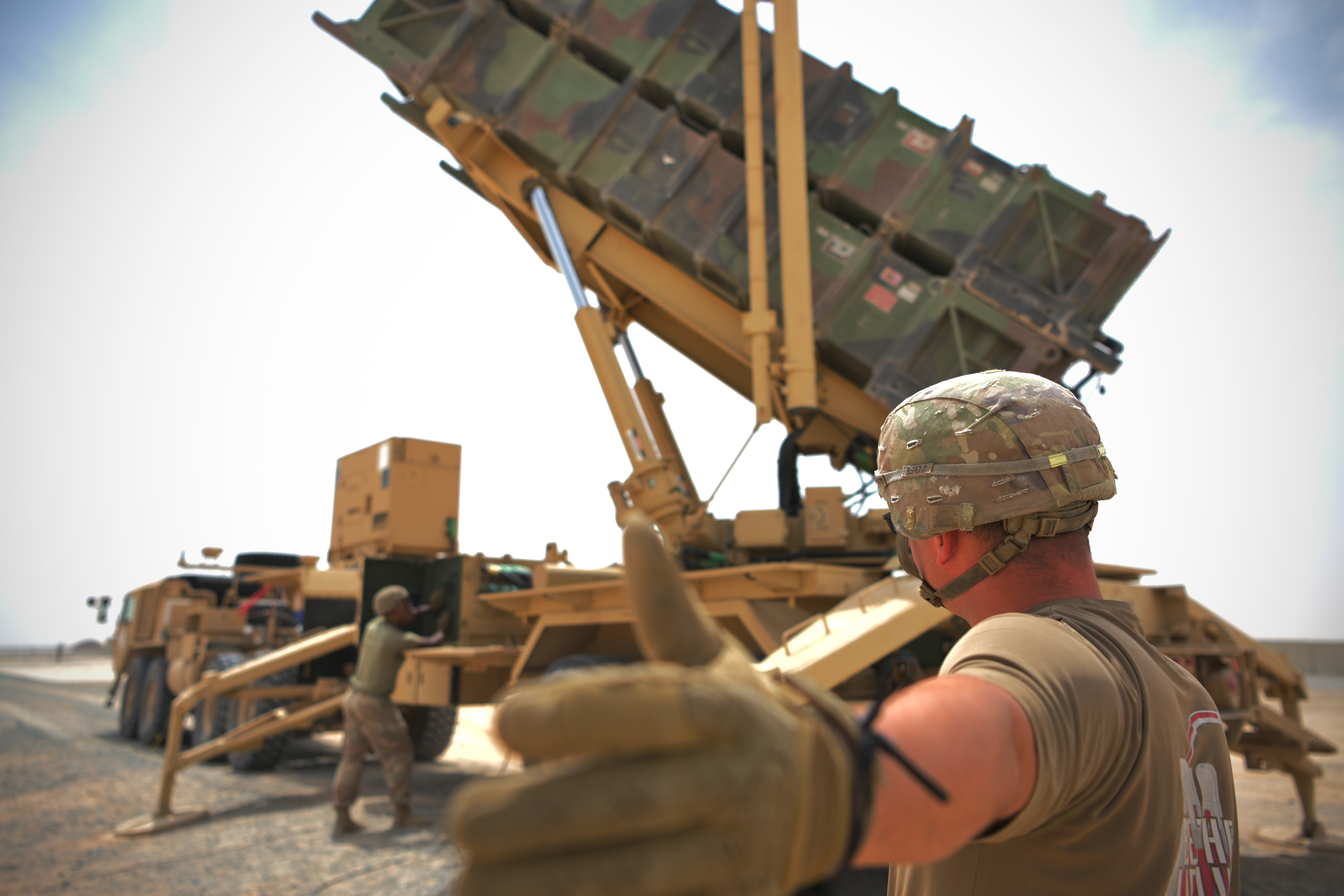
According to a tweet from AP’s Jon Gambrell, the incoming Houthi missiles were targeted by interceptor missiles fired by both Emirati and American forces. The U.S. Army employed Patriot missiles which it continues to deploy in the UAE, although systems of the same type were withdrawn from countries including Iraq, Kuwait, Jordan, and Saudi Arabia, as part of a drawdown of U.S. forces in the Middle East last year.
According to a statement from U.S. Central Command, its forces at Al Dhafra Air Base engaged two inbound missile threats with “multiple Patriot interceptors” and the combined efforts by both the U.S. and UAE prevented both Houthi missiles from impacting the base.
At least some of the approximately 2,000 U.S. servicemembers and personnel at Al Dhafra were forced to take cover in bunkers during the attack, Central Command confirmed. The base is currently home to the U.S. Air Force’s 380th Air Expeditionary Wing and also houses French forces.
Air traffic into Abu Dhabi International Airport was also disrupted for around an hour after the attack began.
The Emirates “is ready and ready to deal with any threats and that it takes all necessary measures to protect the state from all attacks,” the UAE Ministry of Defense said, according to a report from WAM.
In the meantime, authorities in the UAE have also issued a ban on the recreational use of drones in the country as part of its response to the Houthis attacks. As well as hobby-type drones, the ban extends to “light electric sports aircraft,” according to reports.
According to Houthi military spokesman Yehia Sarei, the latest attack involved ballistic missiles of a type referred to as the Zulfiqar, and drones, and he confirmed that Al Dhafra Air Base was one of the targets. The same spokesman said that the UAE would continue to be considered a legitimate target “as long as attacks on the Yemeni people continue” and warned “foreign companies and investors” to leave the Emirates.
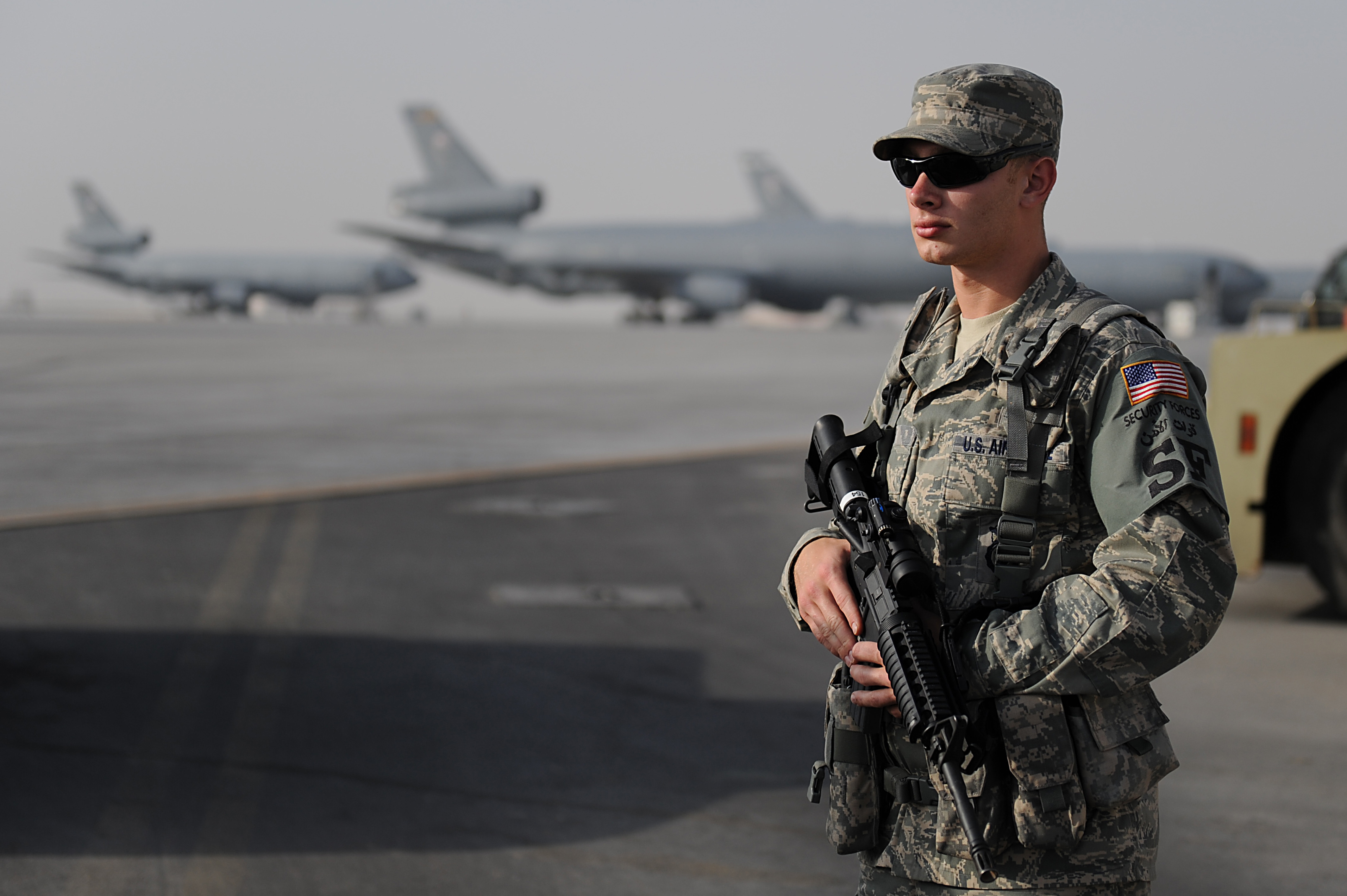
This morning’s attempted missile strike was the second attack to be launched against the UAE in less than a week and appears to have been directed only against Abu Dhabi.
In the previous attack, on January 17, three people were killed and six more injured by a complex Houthi strike that involved ballistic and cruise missiles, as well as drones, targeting several “sensitive Emirati sites and facilities.” You can read our report of that incident here. Last Friday it was revealed that this earlier attack had included the first successful operational use of the THAAD system, against a medium-range ballistic missile of a so-far undisclosed type.
For the first time, the U.S. Embassy in Abu Dhabi also issued a security alert to Americans living in the Emirates, including instructions on how to respond when coming under missile attack.
A U.S. Air Force KC-135 Stratotanker refuels UAE Air Force and Air Defense F-16E/F Block 60 Desert Falcons:

Further details of the January 17 attack have since emerged, including that the attack on Abu Dhabi targeted the airport specifically, as well as a fuel depot belonging to the Abu Dhabi National Oil Co. in the Mussafah neighborhood.
Today’s attack suggests that the Houthis are now set upon waging a concerted effort directed against the UAE. Significantly, the Emirates is now admitting that it is coming under attack from the rebels. In the past, the Houthis had claimed attacks on targets in the country, but these had always been denied by the Emirati authorities.
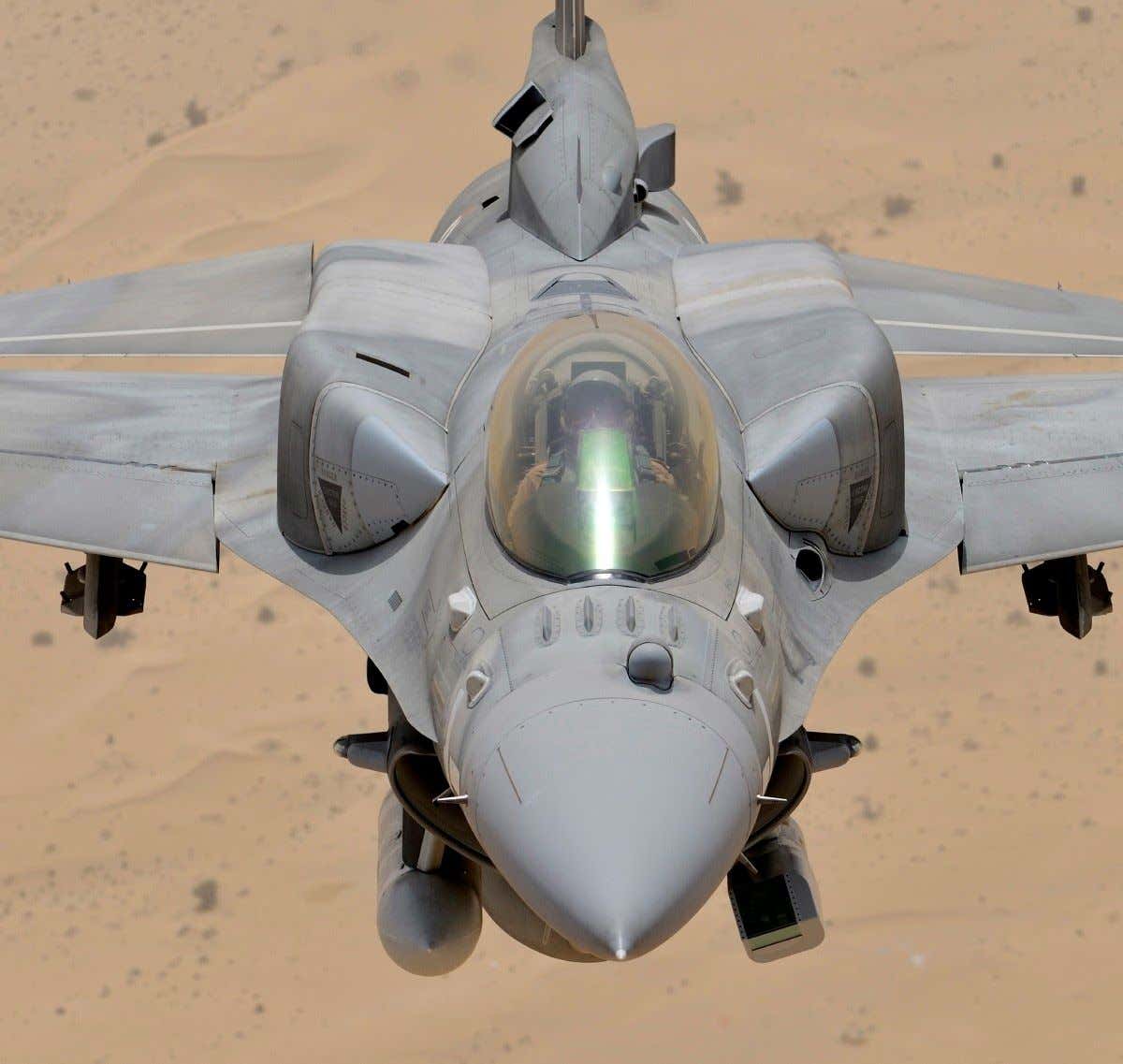
Previously, the Houthis’ missile and drone attacks had been directed primarily against Saudi Arabia, the country that is leading the campaign against the militia in Yemen, while the militia has also targeted shipping in the Red Sea. The scale of the Houthi attacks on Saudi Arabia is such that the country has recently confirmed that its stocks of both PAC-3 missiles and AIM-120 Advanced Medium-Range Air-to-Air Missiles (AMRAAMs) are running low.
The targeting of the UAE may see the country expand its efforts against the Houthis, having withdrawn most of its ground forces from the Saudi-led campaign in 2019 and instead focusing its efforts on supporting other militias fighting the Houthis in Yemen.
The attempted attack on Abu Dhabi today may have been in response to recent airstrikes that targeted Yemen, including hitting a prison in northern Yemen that reportedly killed at least 70 people and wounded more than 100. It’s unclear whether Emirati aircraft were involved in that particular attack. Other recent raids have hit targets in the Yemeni capital, Sanaa, and the port city of Hodeida, the latter contributing to a nationwide internet blackout.
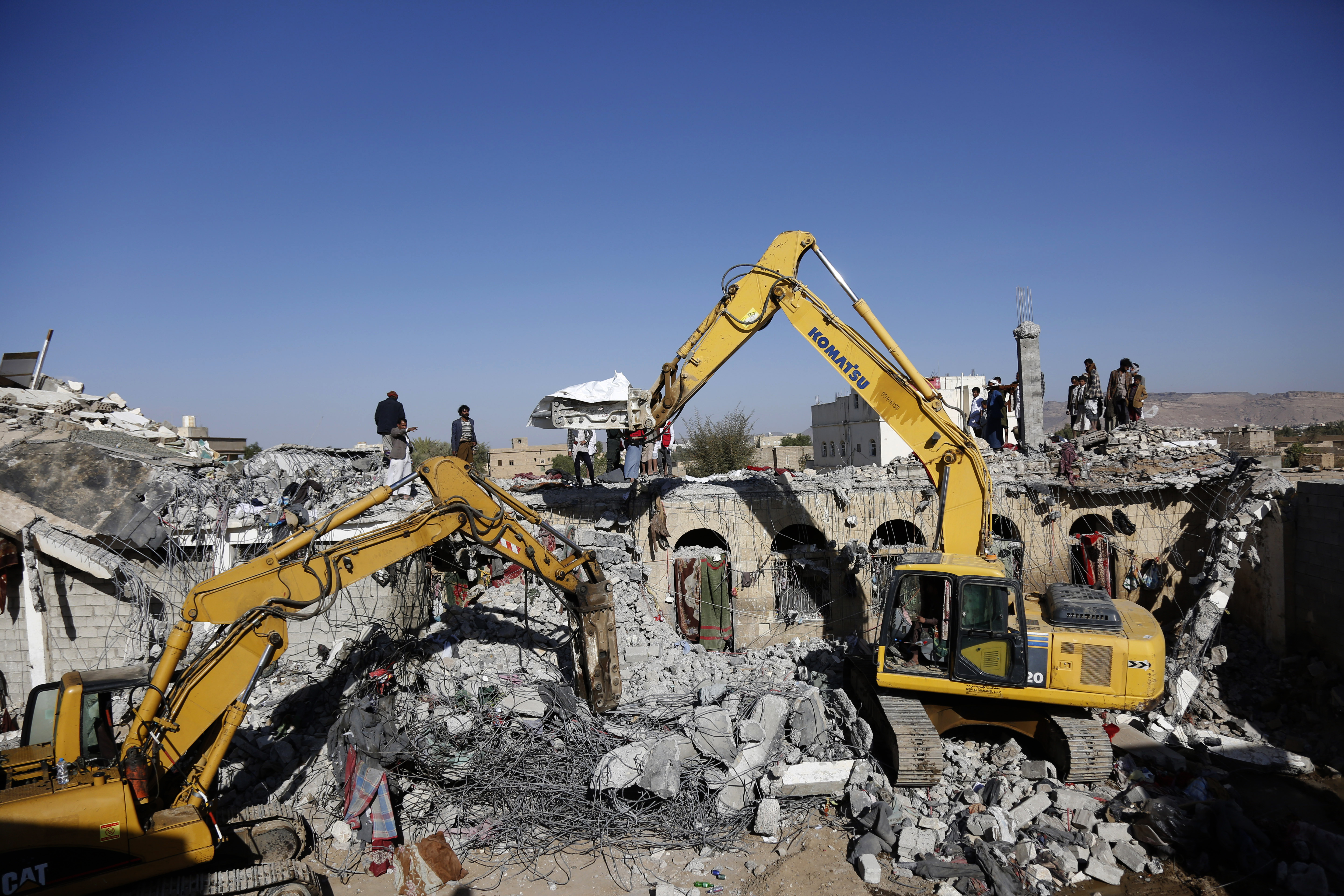
The latest developments mean that the situation in this conflict has become suddenly more complex, and more dangerous, with an apparent tit-for-tat campaign of attacks now being waged between the Houthis on one side, and Saudi Arabia, the UAE, and other allies on the other.
Most significantly, with the UAE now clearly in the Houthis’ sights, it’s also now possible that the Emirates will lose its previous reputation for being a safe haven in the region, which could have a severe knock-on effect on the business and tourism industries on which the Emirates thrive.
Contact the author: thomas@thedrive.com
